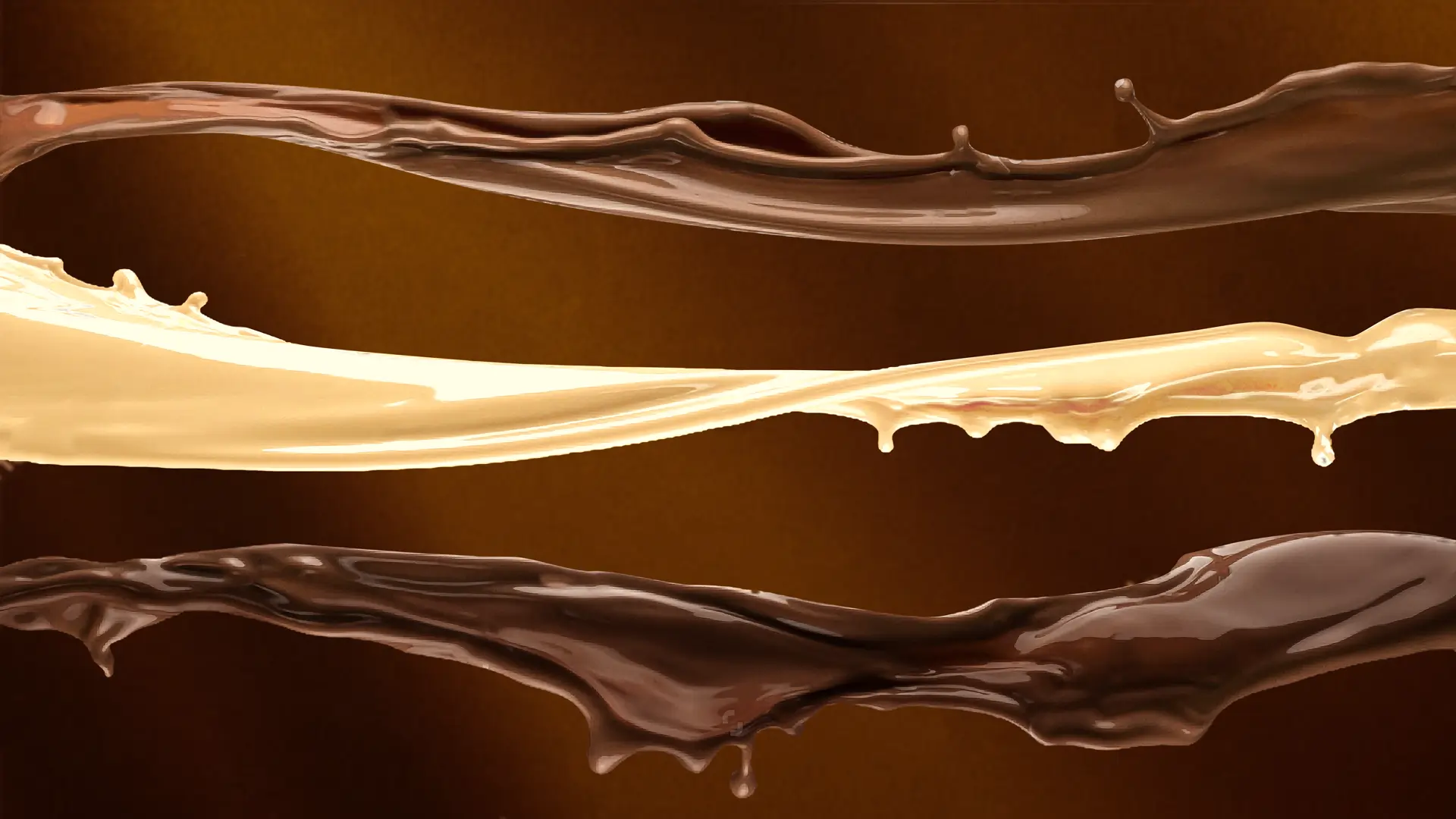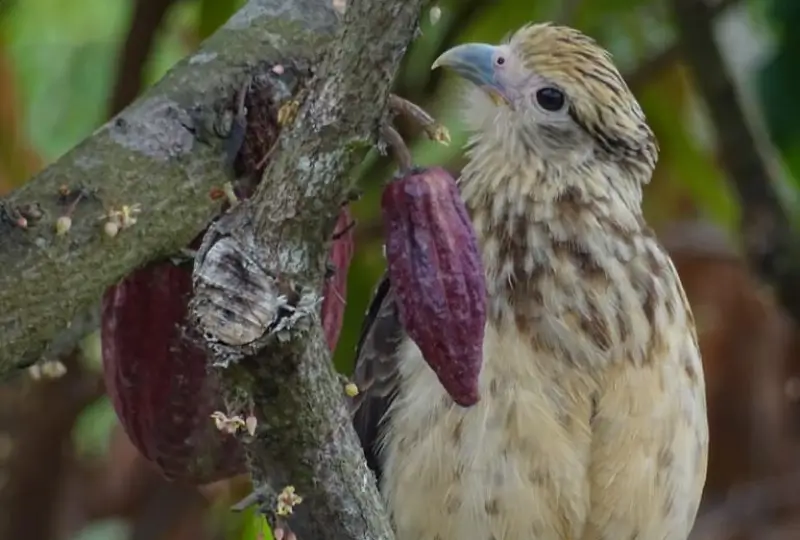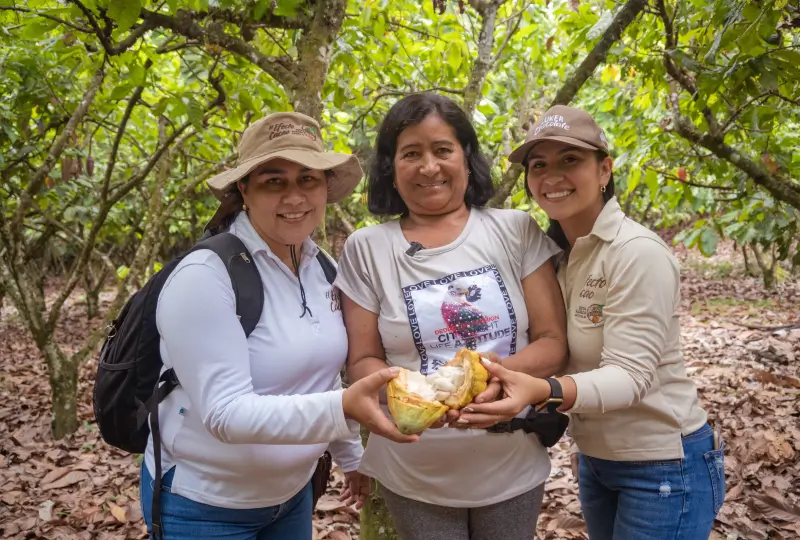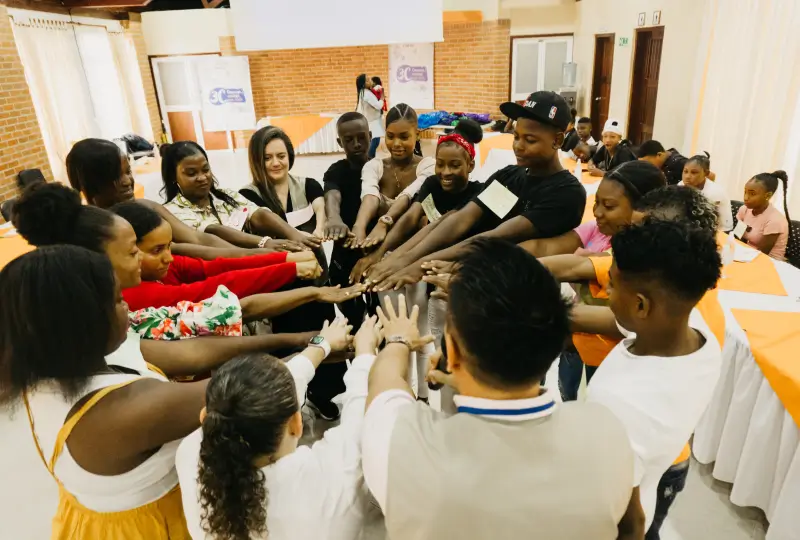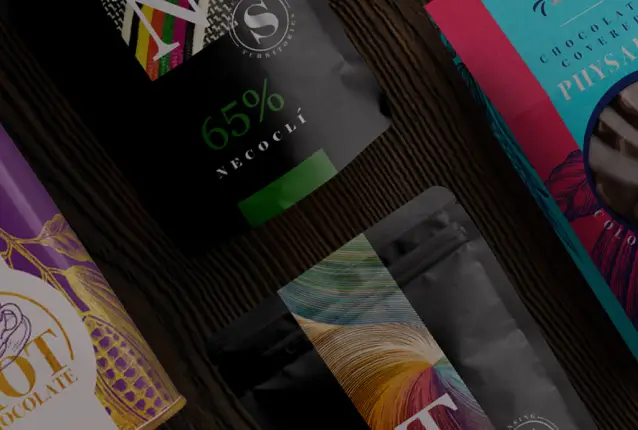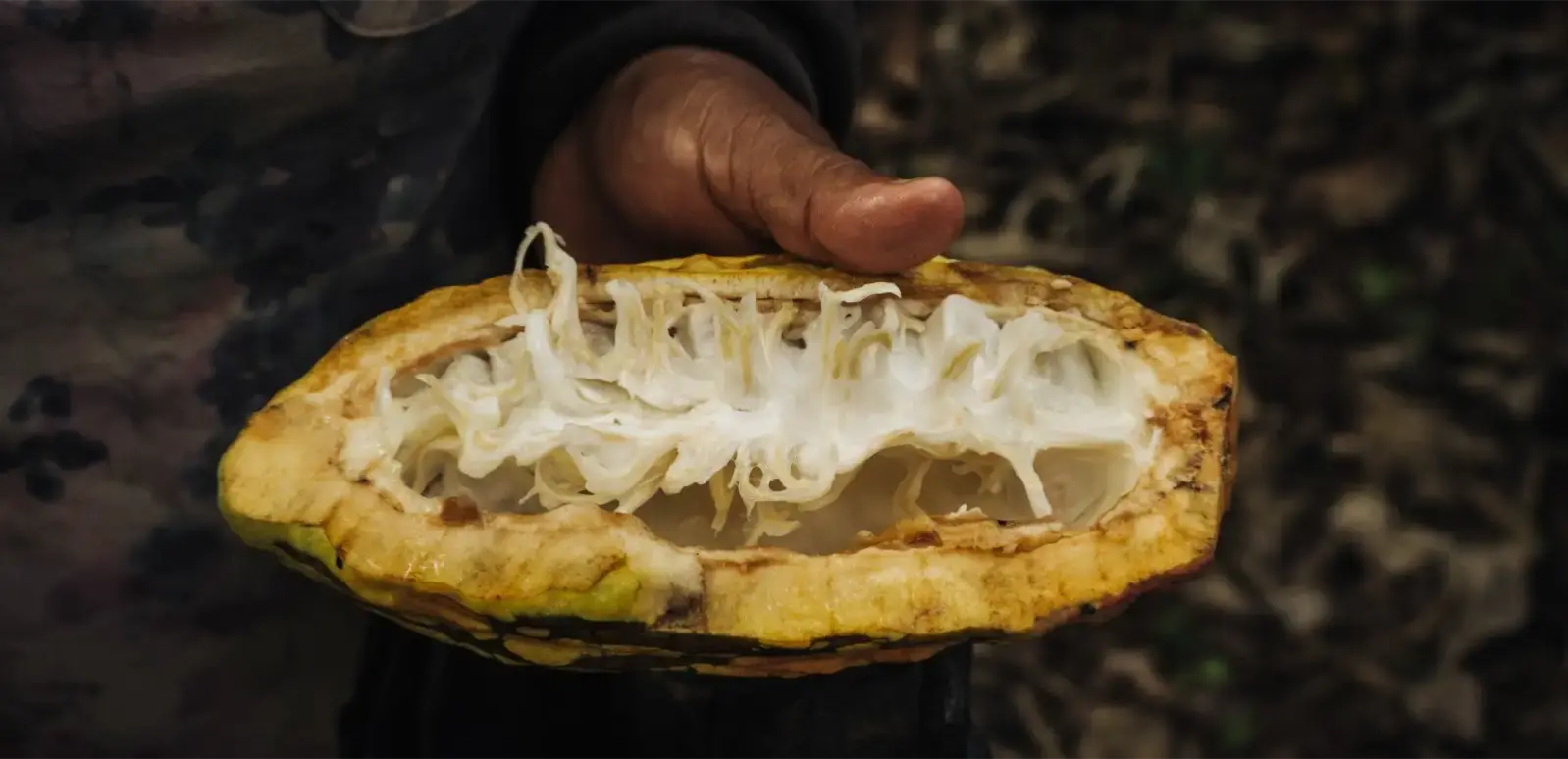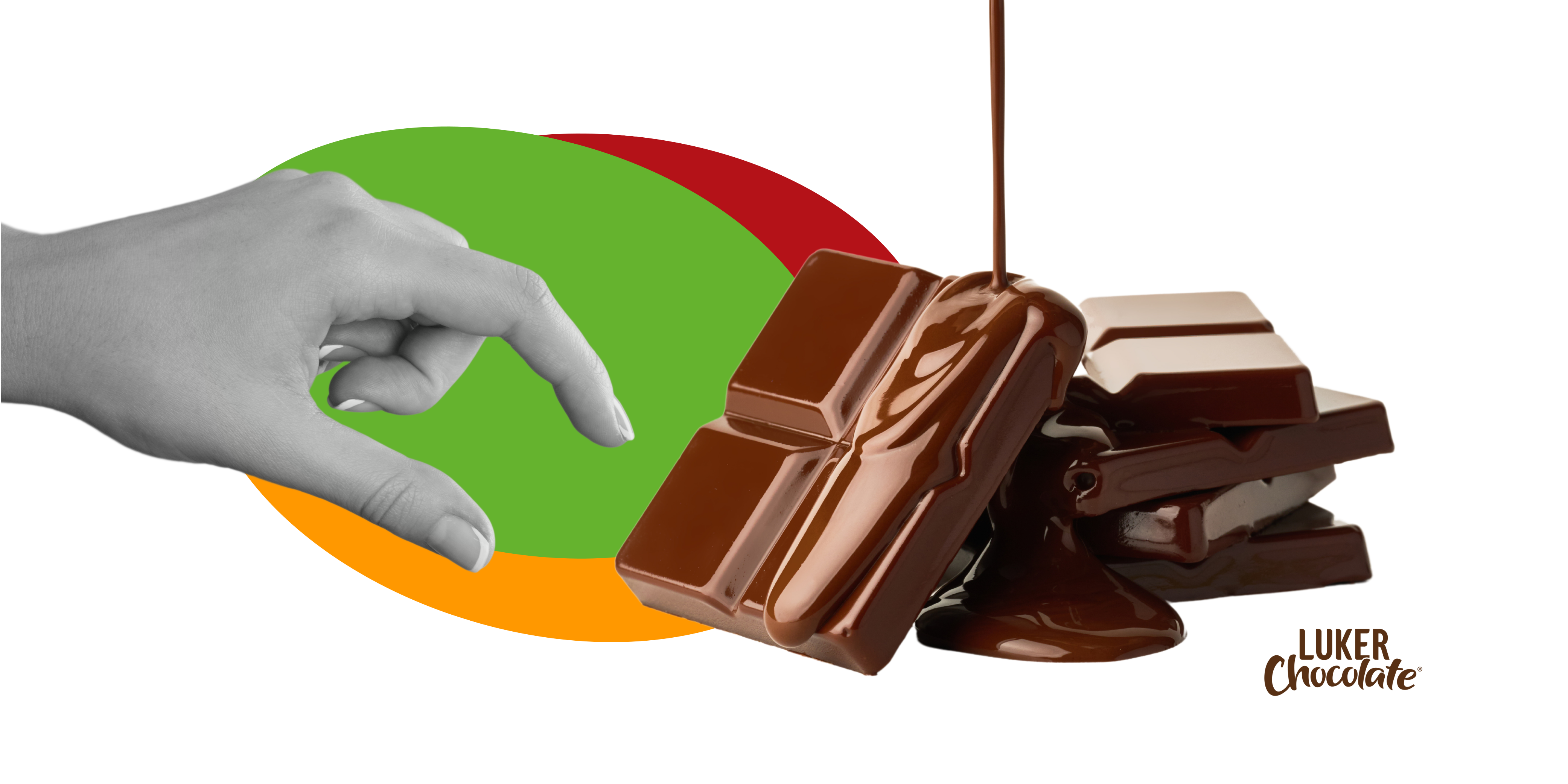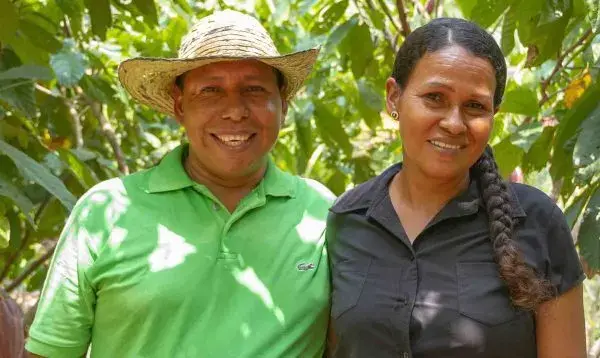Resilient, hardworking, family-orientated and proud of their work. This is how Colombian fine flavour cocoa farmers are. It is estimated that in the country there are 35,000 families dedicated to cultivating this crop, across 422 municipalities. Below, is an insight into their desires and motivations.
Passionate stories behind the production of chocolate
“My children are studying thanks to cocoa. I built the beautiful house I have thanks to cocoa. Everything I have learned - everything I have known - is thanks to cocoa, ”says Aldemar Guzmán.
He is 58 years old and has been cultivating this crop for 14 years on his La Bonanza farm, in Rivera, Huila. He has two sons —Nicolás and Andrés—, who study Medicine and Civil Engineering, respectively. Every morning, before going to work, he drinks a glass of chocolate milk — made with cow's milk — using cacao from his own farm.
Like Aldemar's family, the majority of cacao farmers in Colombia have about three and a half hectares cultivated, and they make a living from this process. In addition, they reside on the farms, by the fields, and their day to day consists of carrying out the tasks that criollo cacao beans require. That is, the harvest, the processing, the selection of grains, the fertilization and the control of pests - our fine flavour cocoa production does not need agrochemicals.
“In general, cocoa producers have additional crops, which is very important for social and environmental development. I say this in the sense that these become alternative sources of income, serve for self-consumption and generate biodiversity”, explains Julia Inés Ocampo, industrial engineer, master in Sustainable Development and current Director of Sustainability at Luker Chocolate.
Aldemar, in particular, also grows lemon, arazá, orange, coconut, mandarin, sapote, avocado and pineapple at La Bonanza.
How does fine flavour cocoa coexist with other crops?
On the other hand, cocoa in Colombia does not work as a monoculture, since it must always be accompanied by plants that provide shade. At an early age - the first two or three years - this can be corn, beans, bananas, palm trees and other types of crops. Once in the mature stages, the shade can come from the trees in the area. At the Luker Chocolate farm, in Necoclí, for example, melina and teak are used for this function.
Julia Ocampo, Director of Sustainability, states: “In other words, cocoa is a great sustainable transformer: it does not erode soils, it recovers biodiversity — cocoa forests are extremely attractive to birds, for example— and at the same time generates social development. Cocoa farmers know all this, that is why they stand out for taking care of their environment and their community. Now, each of them has their own dreams, desires, motivations, fears ”.

Connection to the earth
The Colombian cocoa farmer is different from the rest of the world because they face challenges that change depending on the region of the country in which they are located. Luker Chocolate knows this which is why we have dedicated ourselves to getting to know them and building relationships with cocoa producers for over 100 years. Priding ourselves as chocolate manufacturers
“The different types of cocoa producers in Colombia maintain a close relationship: they are united by the cocoa farmer's pride in caring for their family and the environment. Within our production value chain of chocolate it is very important to know and support them. That is our main focus. A producer can earn a great living through fine flavour cocoa, as long as they have very good productivity and agricultural practices. And that’s where we come in”, explains Julia Inés, Director of Sustainability at Luker Chocolate.
Achieving goals as chocolate manufacturers of fine flavour cocoa
How can cocoa farmers strengthen and communicate that pride that characterizes them?
The answer is through trade associations: unionizing as a group.
Luker Chocolate currently maintains commercial relationships with about 50 associations of small producers, in which the company guarantees the purchase of quality cocoa at a high price. 20 of them receive technical, commercial, administrative and legal advice, in a joint program with the Universidad EAFIT de Medellín. The results are huge.
“Associations always have the best intentions. However, the people in charge of coordination - usually cocoa producers who volunteer their time for free to the association - do not have the necessary training. This support from the university has transformed them into leaders —and female leaders, since the program includes a branch focused on gender inclusion — who have turned their product into a competitive one, ”says Julia Inés.
And she adds:
“Working in partnership standardizes quality. This means that the fixed costs of cocoa decrease and a greater proportion of the price can be delivered to the producers. That is one of our goals, that the cocoa farmers receive a higher income”.
A special case is that of the Association of Cacao Producers of El Pital, in Huila. At its inception there were only 13 producers. Today there are 50. Thanks to the support received through the EAFIT legal and accounting offices, the association has now installed practices that will allow them to continue growing.
Now, this program is complemented by many others.
Luker Chocolate has a collaborative plan called The Chocolate Dream, whose main mission, with the support of various partners, is to generate sustainable well-being in communities across the entire fine flavour cocoa value chain. Education, productivity, entrepreneurship, art, social innovation, resilience and cocoa forests are some of the pillars that make up this comprehensive vision of sustainability, which through different programs has already impacted about 40,000 people in different cocoa-growing regions.
There are still great challenges and fears. However, commitment and motivation are intact, and the future is viewed with optimism.
Thus, Colombian cocoa farmers, such as Aldemar Guzmán, and Luker Chocolate not only share gratitude for the land and passion for the exquisite taste of chocolate, but they also share dreams and work hand in hand to fulfil them.
| You may also like to read: Fine Flavour Cocoa, the ingredient behind Luker Chocolate, Meet the mosquito behind cocoa tree pollination |

